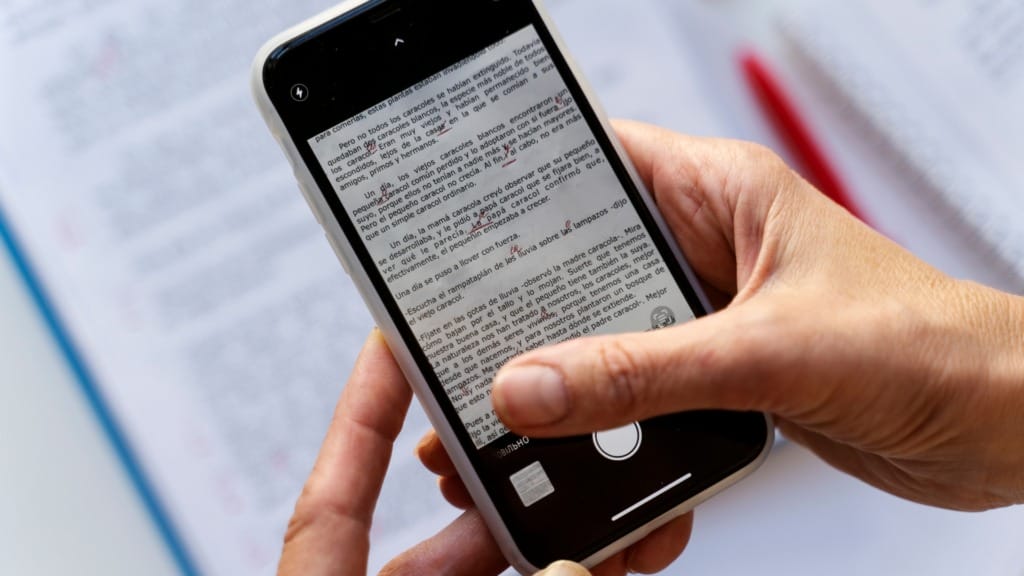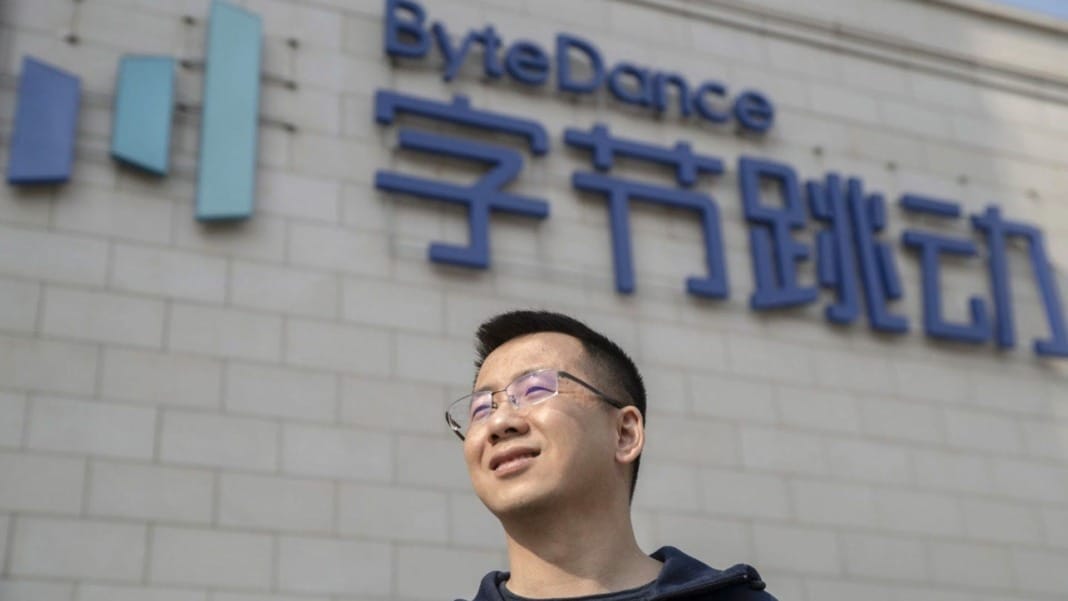The rise of personal AI is changing how you use your smartphone, turning it into far more than just a communication tool. AI-powered apps now act as your personal assistant, helping you instantly manage your time, organise your thoughts, and even answer complex questions. Whether you need help drafting an email, planning your schedule, or brainstorming gift ideas, apps like ChatGPT provide real-time assistance through natural conversation. This gives your phone a sense of personality and intelligence, making you feel closer to a helpful colleague than a static device.
Beyond assistance, AI apps also play the editor and writing coach role, improving your communication without needing advanced writing skills. Grammarly’s mobile keyboard helps rewrite sentences for clarity, checks tone for appropriateness and even suggests ways to make your writing more engaging. For marketers, students, and casual users alike, these tools help transform rough ideas into polished messages directly within any app you use to write. With AI doing the heavy lifting, you can focus more on ideas and less on grammar and structure.
AI apps have also become creative partners, especially for those who love content creation. Tools like Lensa AI use artificial intelligence to enhance photos, apply creative filters, or even generate new images from your selfies. Video editing apps also use AI to analyse footage and suggest edits, reducing the time needed to produce high-quality clips. Whether you are a seasoned creator or want to make memorable social posts, AI quickly enhances quality and creativity.
These AI-powered apps give your smartphone a multifaceted personality—part assistant, part editor, and part creative director. The best part is how seamlessly they fit into your daily routine. They are often embedded directly into your favourite apps or work quietly in the background to offer suggestions and improvements when needed. This shift from a passive tool to an active collaborator sets the AI-powered smartphone apart from anything that came before.
Built-in AI features make your phone smarter
While apps bring many AI tools to your phone, much of the AI magic already lives within your operating system. Both Apple and Google have invested heavily in making AI an invisible but essential part of the smartphone experience. With every update, your phone becomes smarter at understanding your habits, predicting your needs, and enhancing your interactions—all without requiring you to download anything extra.
Voice assistants are the most familiar example. Siri on iPhones and Google Assistant on Android devices have become far more than voice-activated search engines. Today, these assistants understand the context better, anticipate follow-up questions, and personalise responses based on your preferences. They answer questions and suggest helpful actions like adding calendar events, reminding you of deadlines, or even summarising long emails. This kind of proactive assistance is only possible thanks to built-in AI that continually learns from how you use your phone.

Photography is another area where built-in AI shines. Modern smartphone cameras rely heavily on computational photography, using AI to adjust settings in real-time, enhance low-light photos, and even remove unwanted objects after you take a picture. AI algorithms analyse each shot on devices like the Google Pixel or iPhone, balancing exposure, sharpening details, and even recognising subjects to optimise the focus. This means you don’t have to understand photography techniques — the AI ensures every shot looks professional, no matter your skill level.
Typing and communication also benefit from system-wide AI enhancements. Apple’s QuickType and Google’s Gboard use machine learning to predict your next word, suggest relevant responses, and adjust your tone based on your recipient. These tools are built directly into the operating system and work seamlessly across all apps, from messaging to email. These built-in AI features turn your smartphone into an intuitive assistant, making daily tasks faster, more innovative, and more personalised than ever before.
Privacy concerns shape how AI evolves on your phone
As smartphones become smarter, the question of privacy becomes more pressing. Personal AI thrives on data — the more your phone knows about you, the better it can assist you. However, this creates a delicate balance between convenience and privacy. Both Apple and Google have made privacy a key talking point in their AI development, each taking different approaches to protecting your data.
Apple focuses heavily on on-device processing, which means many AI tasks, like Siri’s responses or text prediction, happen directly on your iPhone instead of being sent to a server. This limits how much data leaves your device, reducing the risk of misuse. For AI tasks that do require the cloud, Apple uses Private Cloud Compute, which encrypts and anonymises data before processing it. This design ensures that Apple cannot see or store the data used to train its AI, a significant reassurance for privacy-conscious users.
Google, in contrast, leans more on cloud-based AI, especially with tools like Google Assistant and Magic Compose. However, Google offers detailed controls over what data is collected and how it’s used. You can review your Assistant history, delete past requests, and even activate Guest Mode, temporarily turning off personalised learning. Google also emphasises data transparency, regularly publishing reports that show how user data powers its AI while ensuring it is never sold to third parties.

Third-party AI apps introduce their privacy challenges. Apps like Lensa AI or ChatGPT often rely on cloud processing, meaning your photos, texts, or voice recordings pass through external servers. These apps have faced significant public scrutiny when they rose quickly in popularity, raising concerns about how long personal data is stored and what it’s used for. Users must stay vigilant, reading privacy policies and managing app permissions to keep control over their data.
As AI becomes more central to the smartphone experience, the conversation around data protection will only grow louder. Balancing innovation and privacy is no easy task, but it’s essential if personal AI is to earn and maintain user trust. By giving users more transparency and control, companies can allow AI to thrive without compromising the sense of personal security that’s vital in today’s digital world.
AI enhances productivity, creativity and communication
AI on smartphones isn’t just about convenience — it’s also about enhancing how you think, work, and express yourself. Personal AI assists with countless daily tasks, helping you stay organised and productive in natural and effortless ways. From automatically summarising your emails to suggesting quick replies or even drafting entire documents, your smartphone is evolving into a full-time productivity partner.
Creativity also flourishes with AI’s help. Whether you are editing photos, writing captions, or filming videos, AI tools help improve quality and spark new ideas. Camera AI ensures your photos look polished without manual adjustments, while apps like Magic Compose rewrite your text in different styles to match your desired tone. This makes creativity more accessible, even for those without professional skills.
AI’s role in communication is equally transformative. Real-time translation breaks down language barriers, letting you speak across languages directly from your phone. AI also improves accessibility, offering speech-to-text and text-to-speech tools that make communication easier for people with hearing or speech impairments. These features turn smartphones into bridges between cultures and abilities, making the digital world more inclusive.
Together, these capabilities redefine what a smartphone can be. No longer just a tool for connection, your phone becomes a collaborative partner in work, creativity, and conversation. As AI improves, the line between the device and personal assistant will blur further, making technology feel more human — understanding your needs, adapting to your habits, and even inspiring your creativity.
What the future holds for personal AI on smartphones
The story of personal AI on smartphones is still being written. Today’s assistants and editors are already impressive, but future updates will further push the limits. Apple’s Apple Intelligence and Google’s Assistant with Gemini (previously known as Bard) are early glimpses into how AI could become even more personalised, blending your calendar, email, and photos into a seamless experience that understands what you want and why.
Future smartphones may act as proactive collaborators, helping you solve problems before you even realise they exist. AI could suggest health changes based on your daily patterns or automatically summarise breaking news that aligns with your interests. Your phone could even become a personal tutor, helping you learn new skills by adapting lessons to your strengths and weaknesses.
As AI becomes more intuitive and creative, the smartphone’s role will evolve from tool to teammate. This future is exciting and challenging — requiring careful balancing of convenience, creativity, and privacy. But if done right, it will make our phones the most personal devices we’ve ever owned, reshaping how we use technology and how technology works for us.





